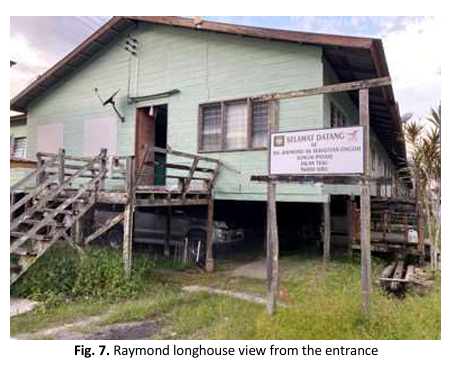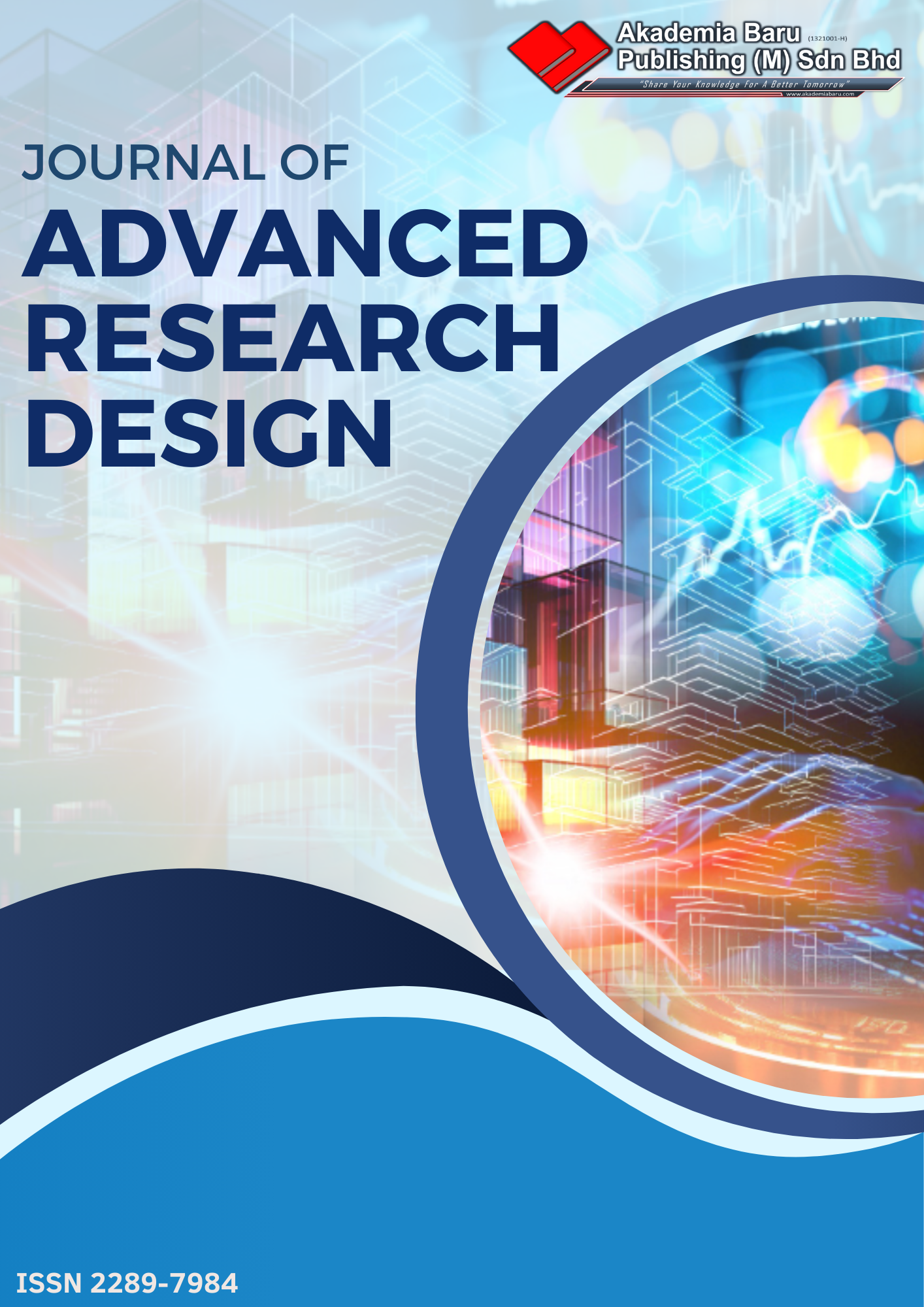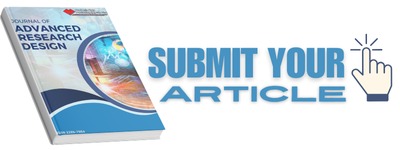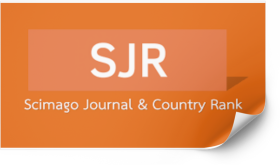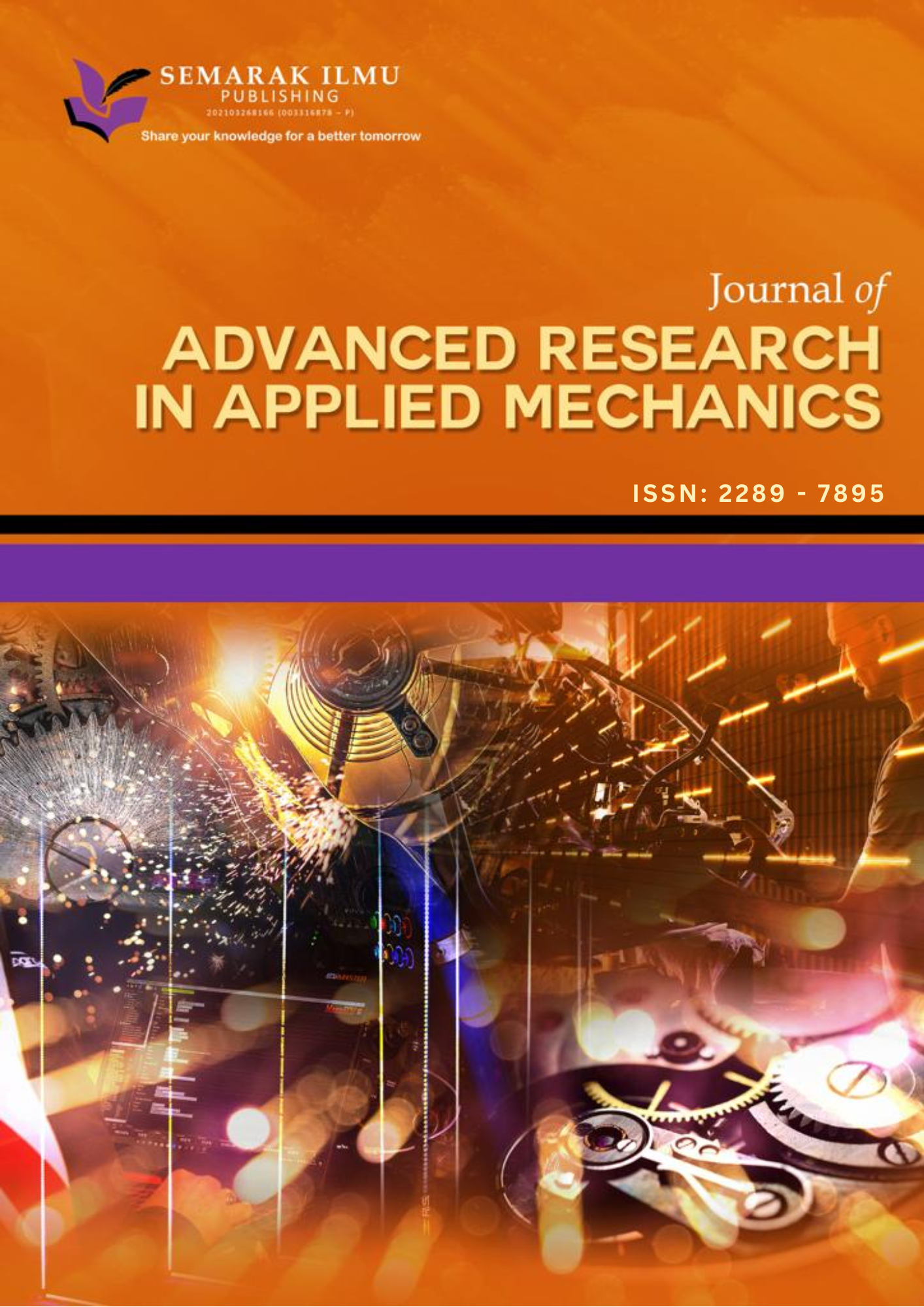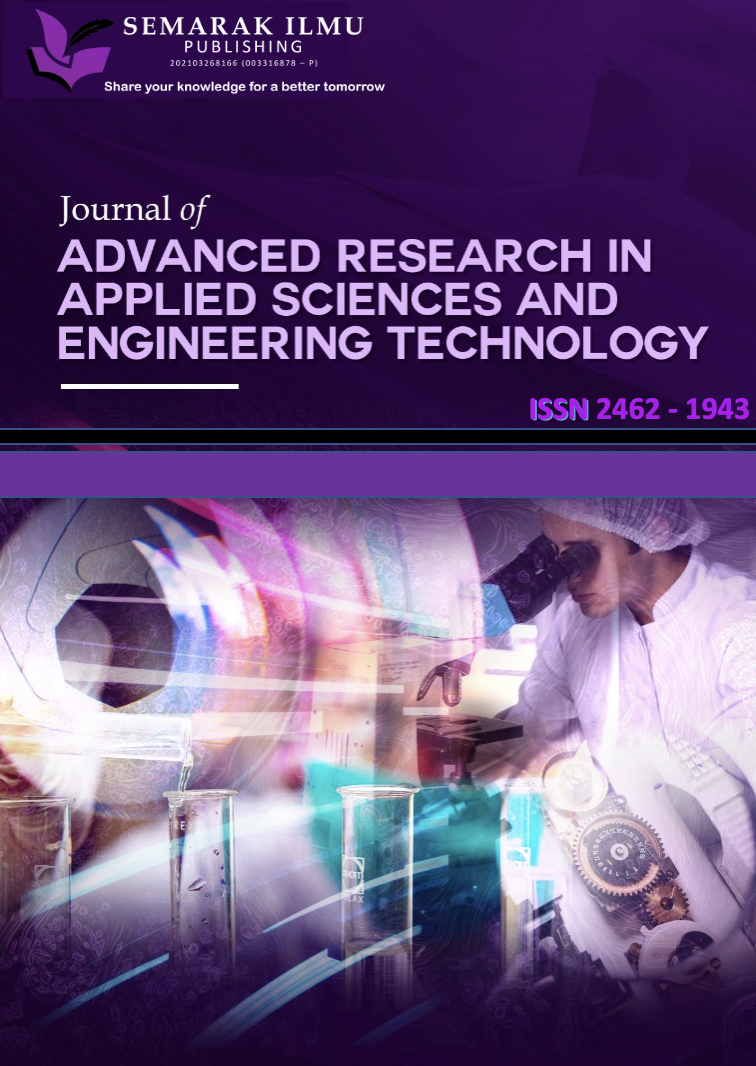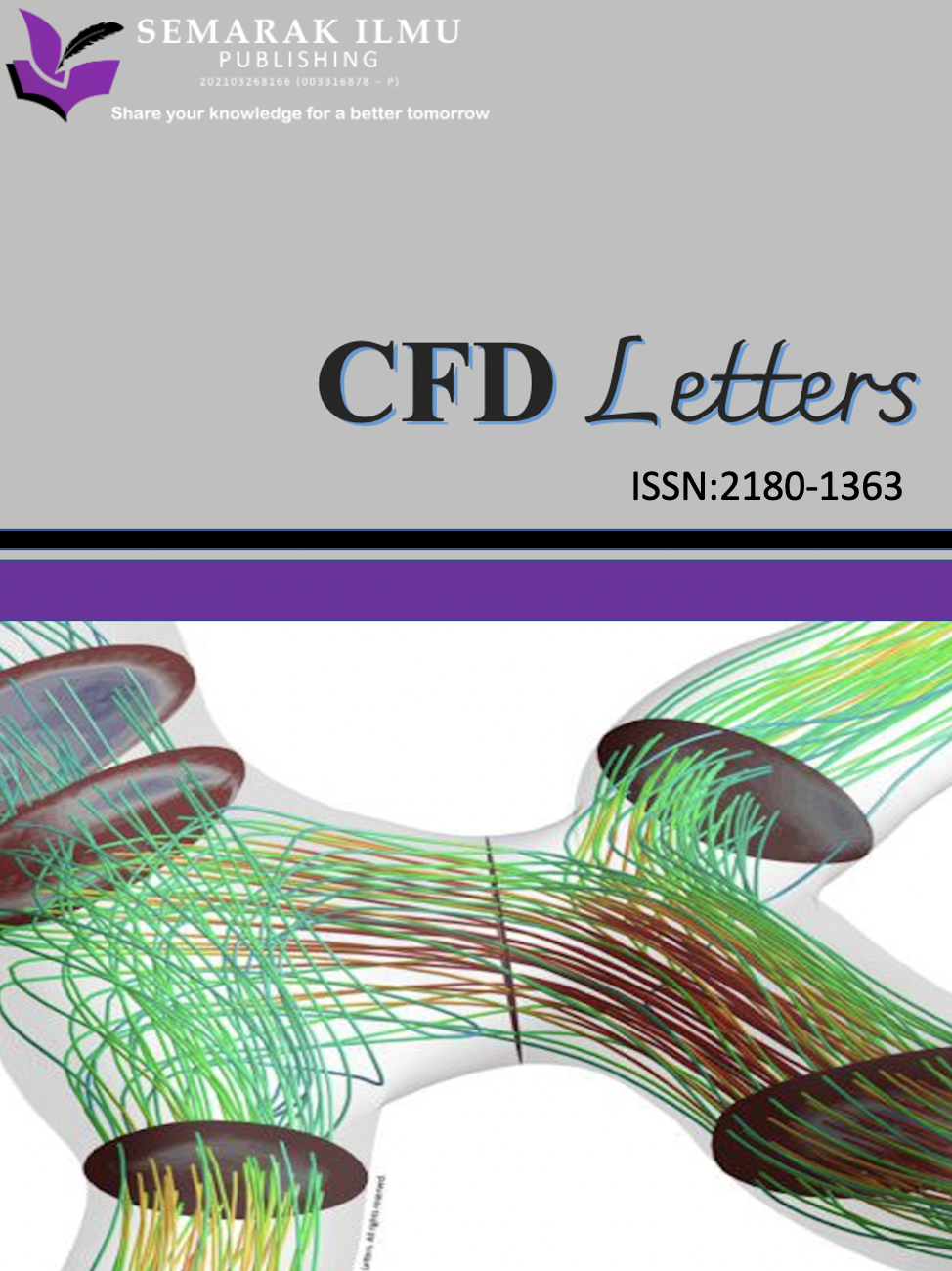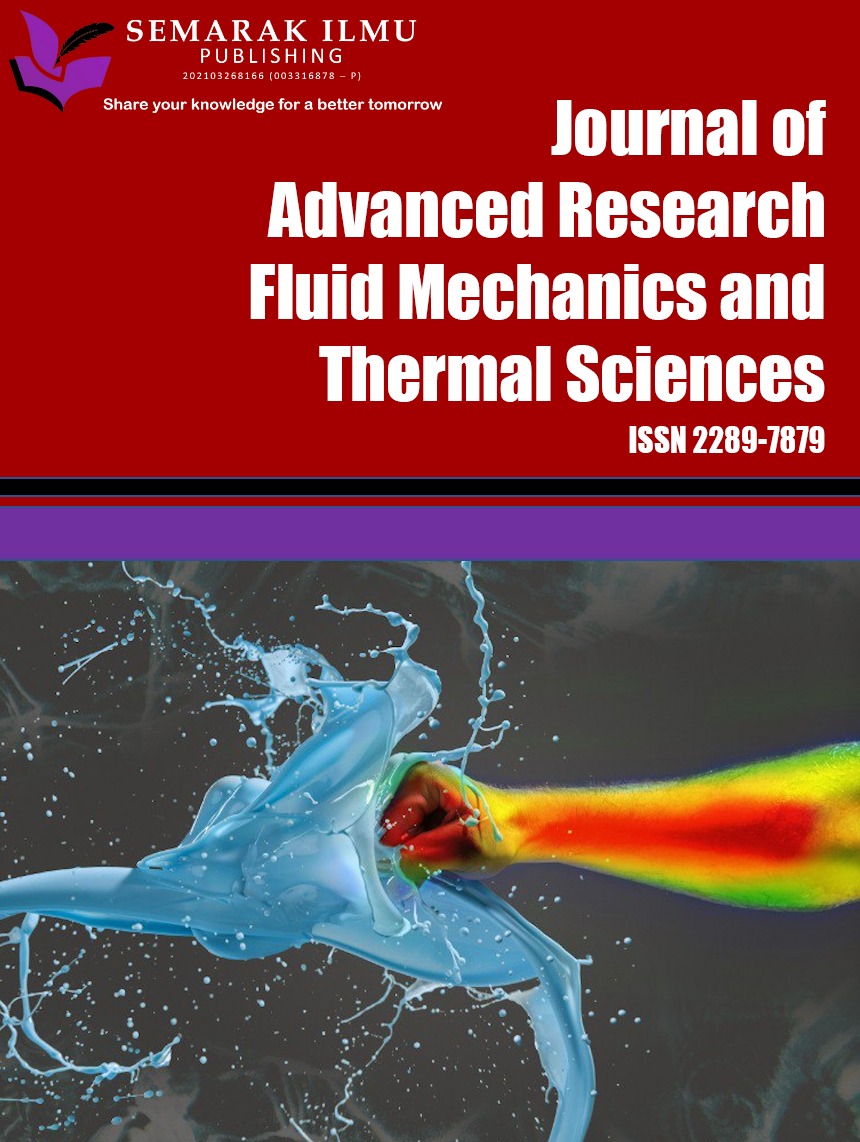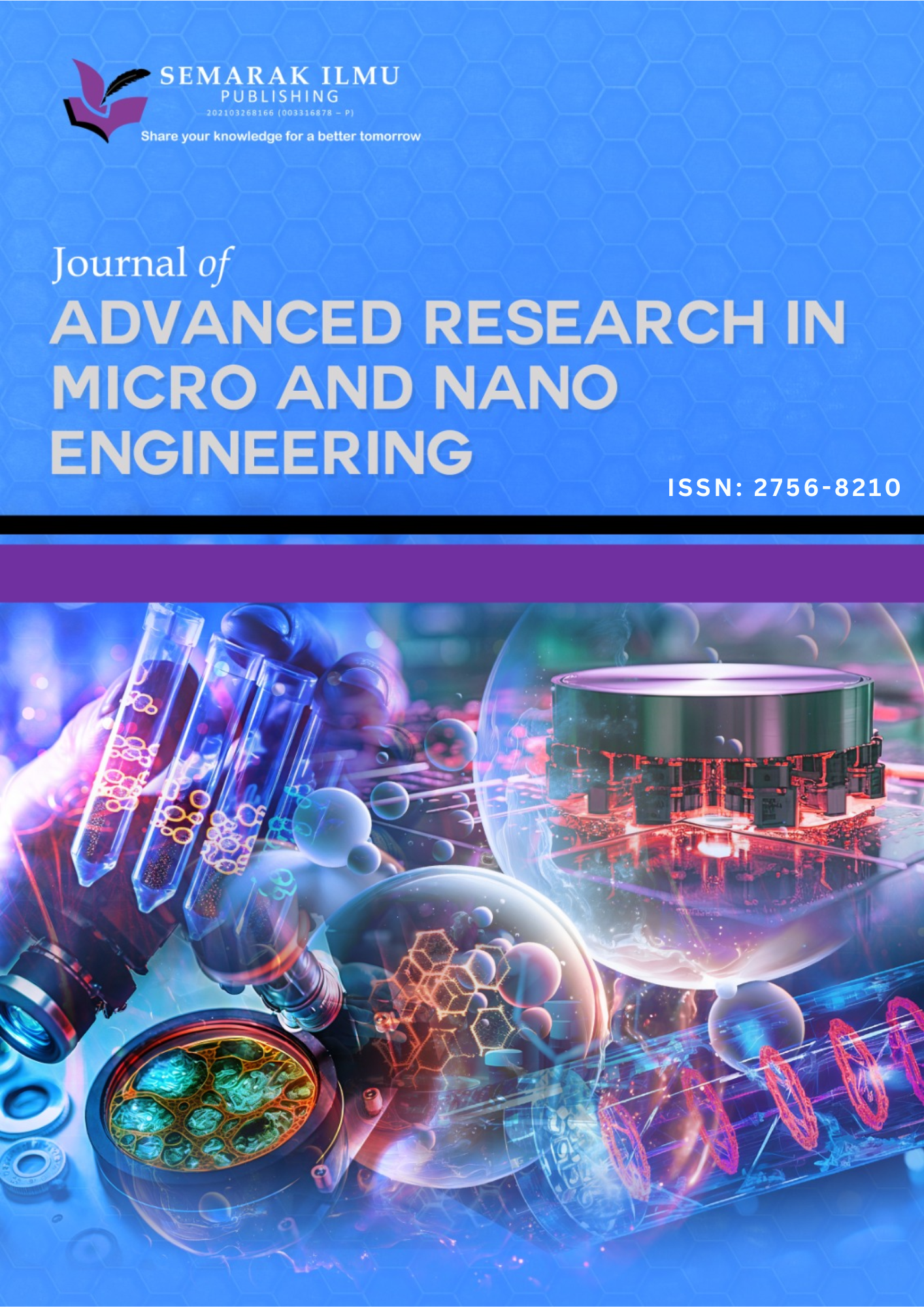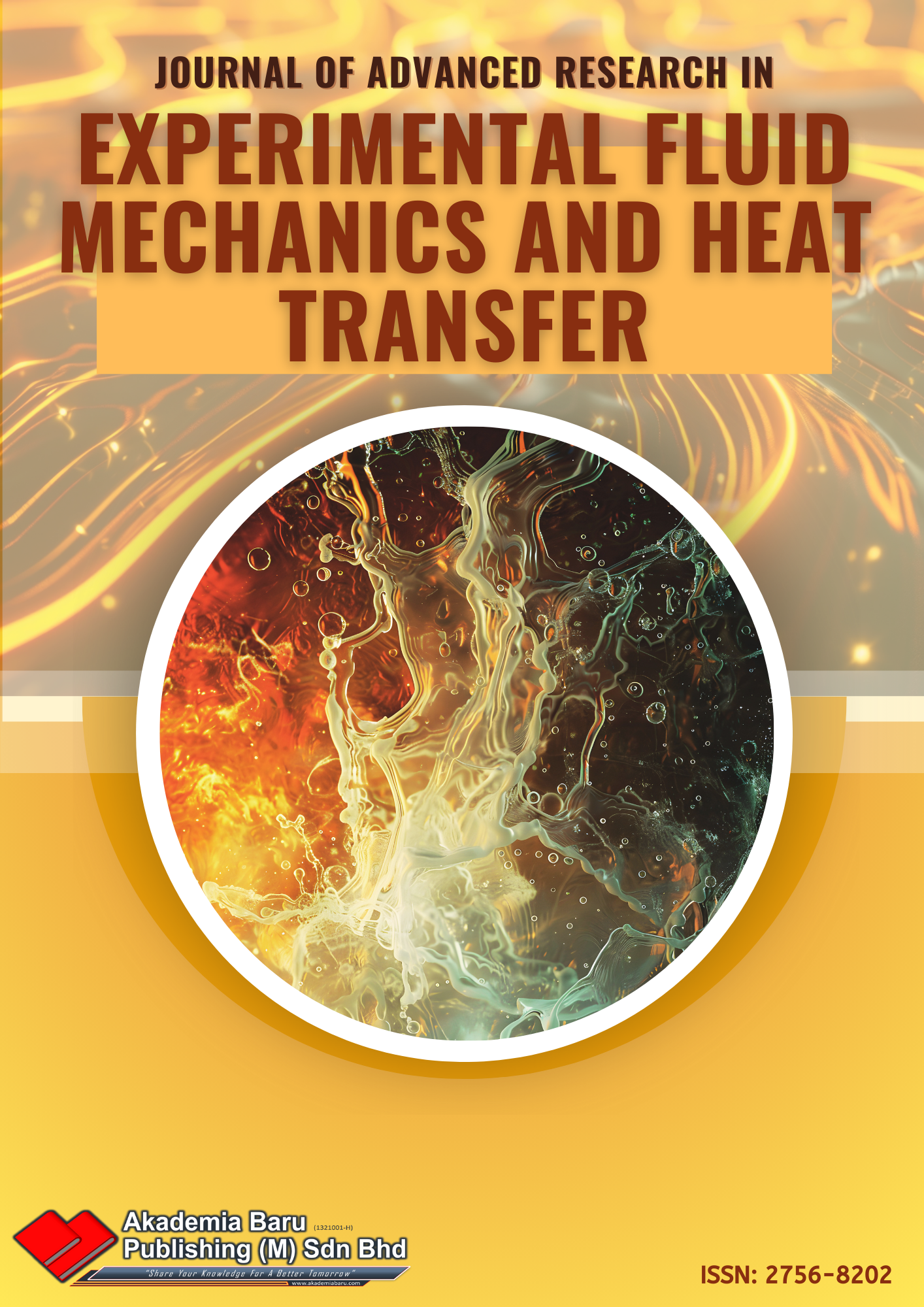Infectious Disease Risk Assessment using Different Enhanced-FMEA Approaches
DOI:
https://doi.org/10.37934/ard.137.1.196209Keywords:
Infectious disease, COVID-19, risk assessment, FMEA, fuzzy, TOPSISAbstract
Three years before, the global spread of COVID-19, originating in China, rapidly impacted numerous countries, causing a surge in cases and fatalities. Governments worldwide encountered significant challenges not only in healthcare but also across various sectors. As an alternative to reducing the spread of COVID-19, many researchers implemented the Failure Mode and Effect Analysis (FMEA) method to mitigate the associated transmission risks in specific settings. However, this method did not thoroughly examine the process of assigning importance weights and expert judgments to the risk factors, potentially limiting the comprehensive outcome of the risk assessment. This paper discusses the comparison between FMEA, fuzzy-based FMEA, and FMEA-based fuzzy TOPSIS to assess their effectiveness in handling infectious diseases. The longhouse at Pasai Siong, Sarawak, was chosen as a case study due to being one of the most significant clusters during the pandemic in Sarawak. The study's findings suggest that all risk assessment methods unanimously identify the living room (F 3.1) as the most critical area with the highest transmission potential, emphasizing the necessity of prioritizing this area. However, slight variations in rankings across methods were observed due to the distinct approaches taken by each assessment method.
Downloads
